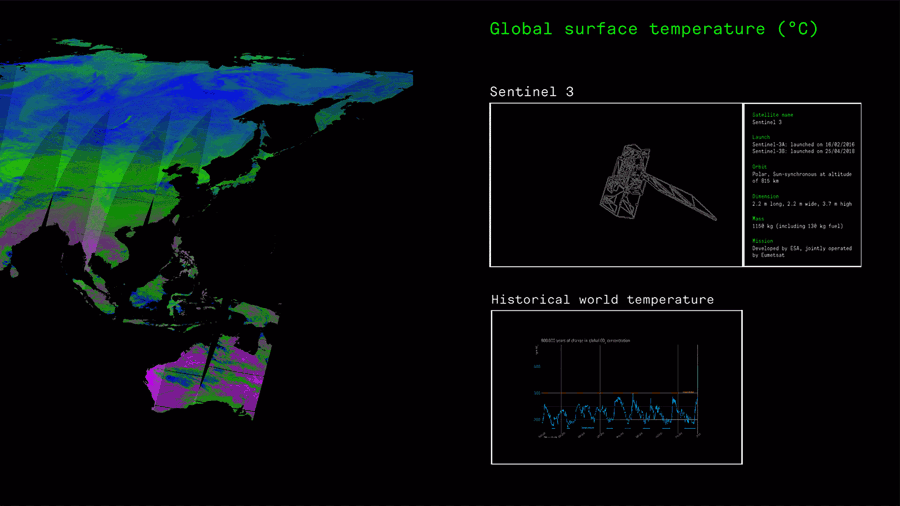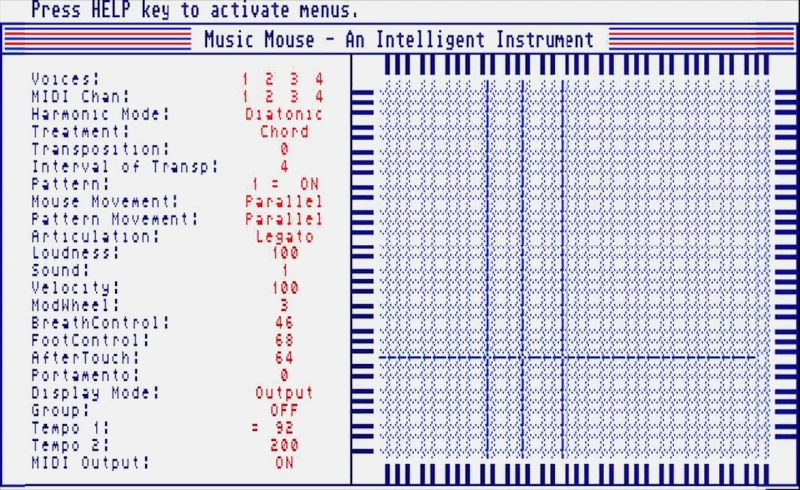Earth Bits Time/Space Aesthetics
Time and space are the two fundamental concepts that permeate the entire Earth Bits installation: on the one hand, the “sense of urgency” surrounding the current crisis; on the other, the urge to provide a new perspective on how to tackle climate change.
The insight for the visual approach came from the science itself, in the form of an attempt to recreate the “overview effect” – the cognitive shift in awareness reported by astronauts when viewing the Earth from outer space during spaceflight.
Earth Bits’ ambition is to offer an objective vantage point from which to understand the climate crisis in order, ultimately, to change people's perceptions. By looking at the Earth from the outside, boundaries disappear and there is a deeper sense of responsibility.
The visual representations are always plural, spherical, multifaceted and detailed in the aim of unravelling complexity by showing the interconnection between man and nature. In so doing, they open up a new image of unity and, therefore, of humanity.
On a perceptive sensory level, the rhythmic animations, aesthetics of scanning and repetition, “toxic” bright colours and relentless immersive sound effects reinforce the need to take action now, implying that we have little time left to take care of our Planet.
EARTH BITS TIME/SPACE AESTHETICS
An inspiration board by Dotdotdot
Atlante geopolitico dell'Acqua
Water grabbing, diritti, sicurezza alimentare ed energia
Emanuele Bompan, Federica Fragapane, Mariarosa Iannelli, Riccardo Pravettoni – Hoepli Editore, 2019.
 |
This book presents accurate data, photographic reportage, infographics and editorial projects based on authoritative scientific sources to chronicle examples of water grabbing and the geography of water.
Using research, communication, geopolitics, popular science and stories from ordinary people, this visual and scientific atlas has a broad and in-depth understanding of the critical issue of water, providing a narrative tool that uses multiple languages to navigate the complexity that surrounds us.
Earthrise
NASA, 1969.
 |
This is the first true photograph taken of the Earth rising as seen from the Moon in 1969. This picture ultimately changed people’s perceptions and thus represents the leap of perspective it is hoped to achieve with the contemplative digital wallpaper installation designed using ESA Copernicus satellite data. By looking at our Planet from space, it is possible to develop a new imaginary of unity and humanity.
Meander
Robert Hodgin, 2020.
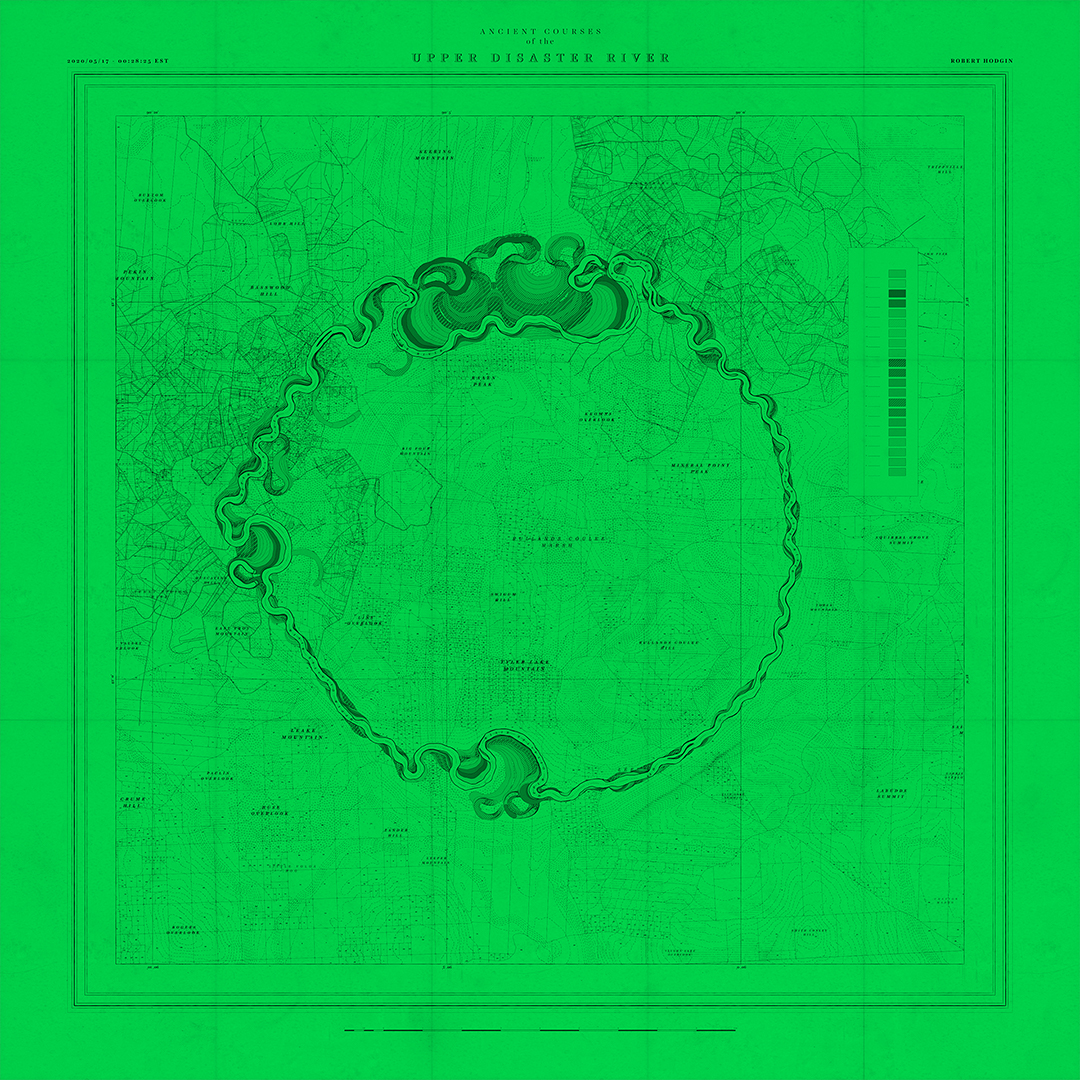 |
Meander is a project and procedural system for generating historical maps of rivers that have never existed. As a river moves through the landscape, it constantly erodes material from the riverbed and deposits it further downstream, continually reshaping its course. This well-researched project aims to map and visualise how this course changes over time, providing a beautiful conceptual example of how data can inform our understanding of the history of a landscape.
Seven Days of Car Sharing
Density Design, 2014.
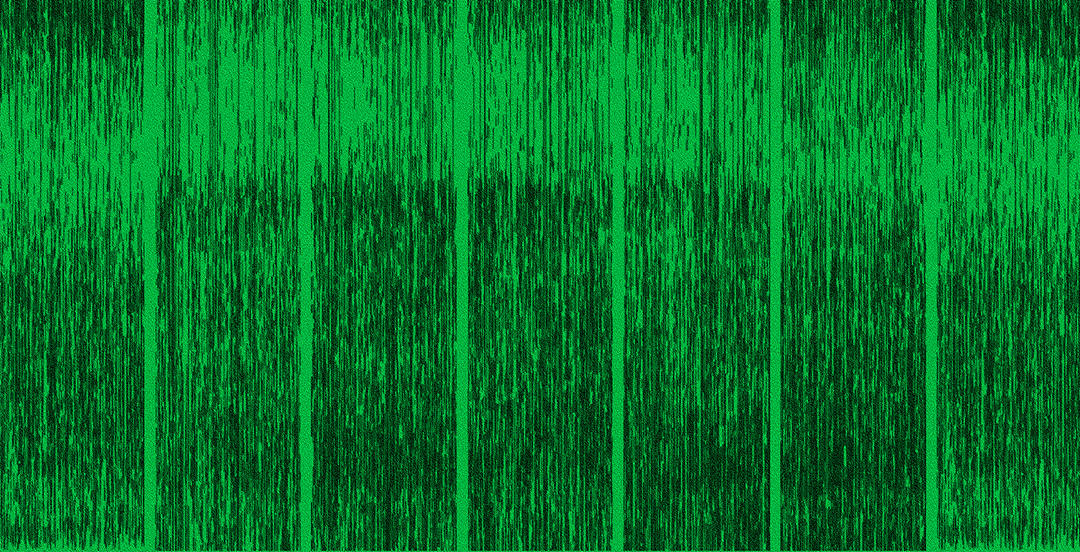 |
Seven Days of Car Sharing is a series of visual explorations of traffic data developed by Density Design to analyse the car sharing service in the city of Milan. Through maps and visualisation, the project aims to provide a better understanding of how mobility changes traffic patterns and routes evolve over a period of 24 hours.
Warming Stripes
Ed Hawkins, 2019.
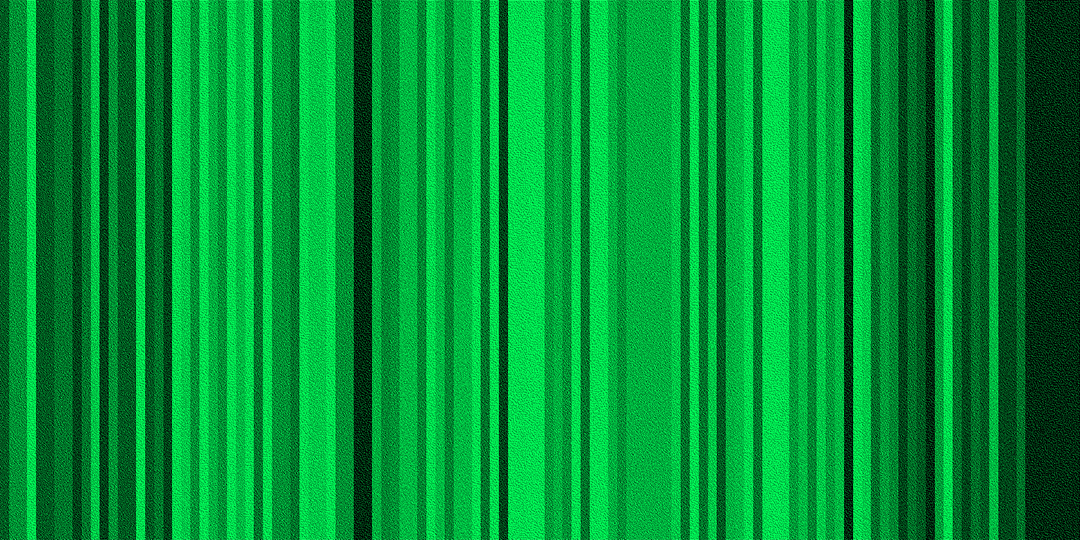 |
A very simple, artistic and user-friendly visualisation of data on rising temperatures over time using red and blue stripes. An effective way to make the Berkley Earth temperature dataset accessible to everyone.
EXIT
Diller & Scofidio + Renfro, Fondation Cartier pour l'art contemporain, Paris, 2008.
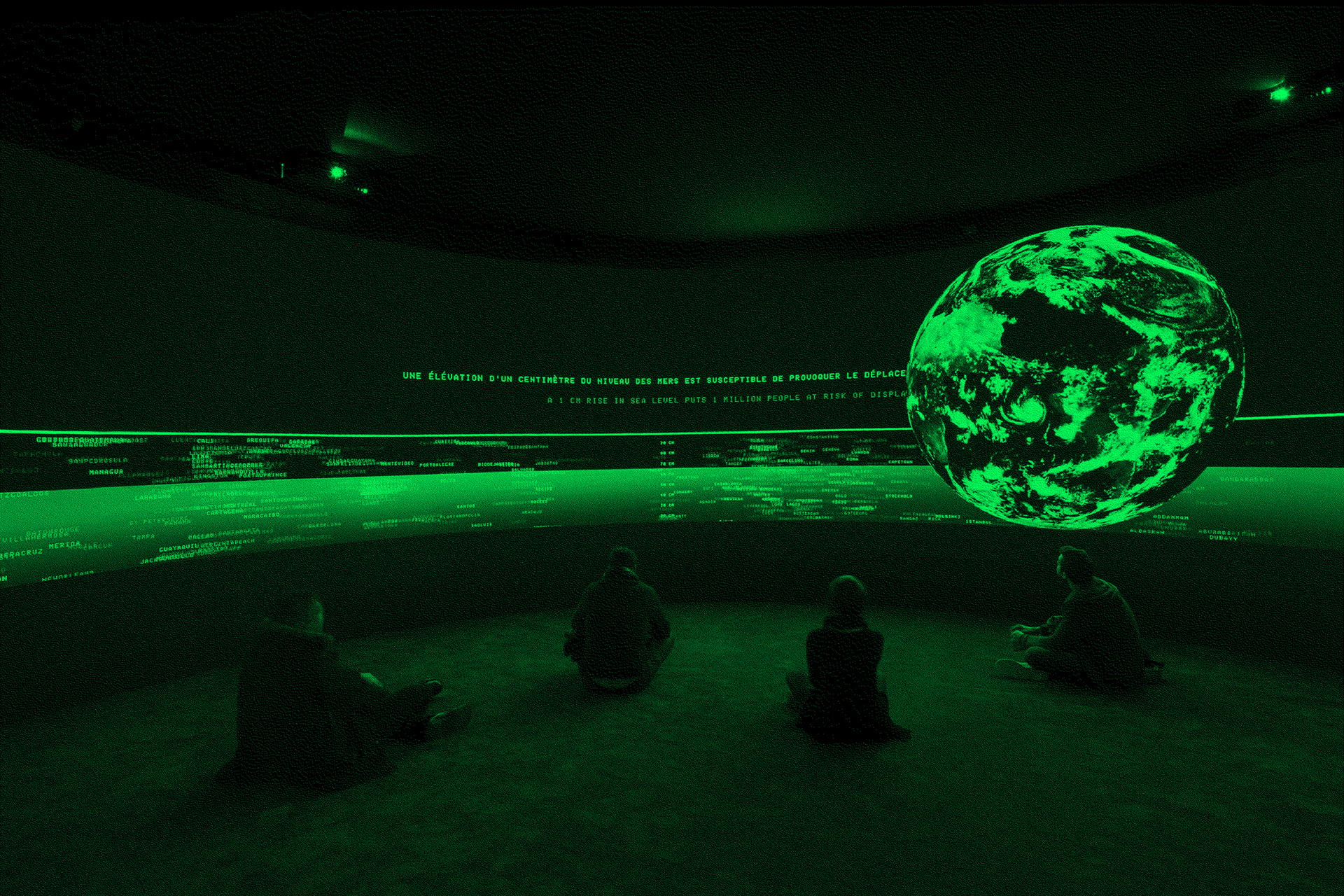 |
Exit was an exhibition commissioned by Fondation Cartier pour l'art contemporain to quantify and display global population migrations due to economic, political and environmental issues. It was a major inspiration behind The CO2 Mixer projection, both for the documentation of the data and its aesthetic representation to ensure a deeper understanding of this global issue.
The Planck Universe
Ryoji Ikeda, ZKM – Center for Art and Media, Karlsruhe, 2015.
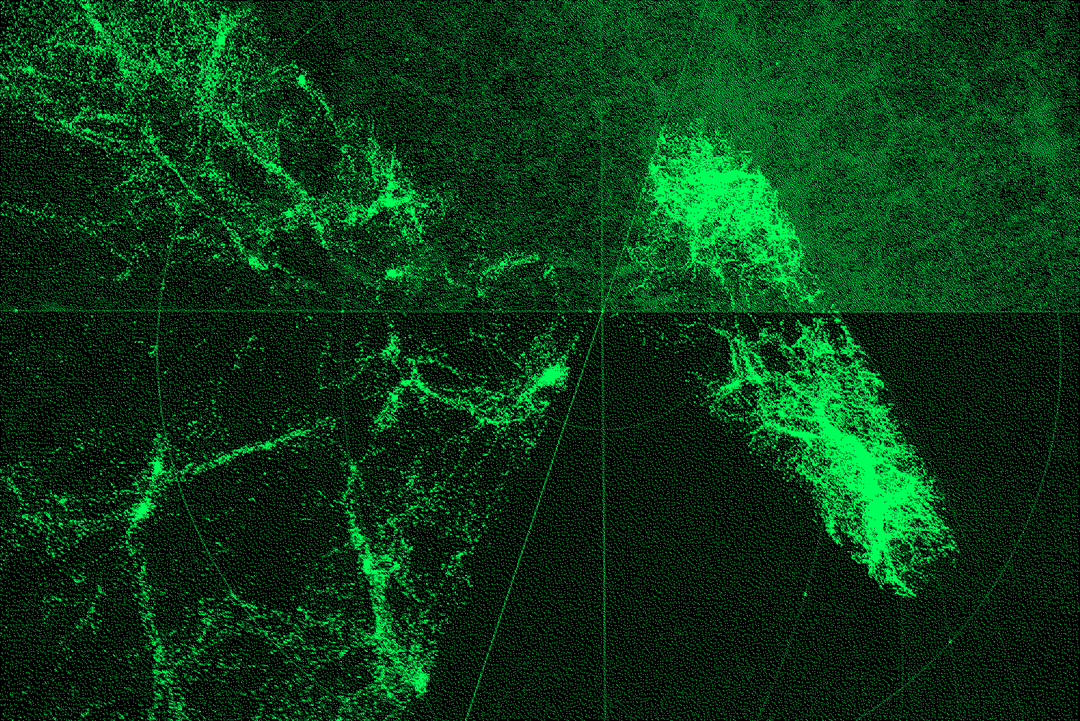 |
Ryoji Ikeda's works are based on the audiovisual translation of numbers and data into installations that evoke a digital universe and thus give shape to new imagery. The result is always an alteration of physical perception through sound, light and animated data. The minimal and glitchy aesthetic creates a visual synaesthesia between the digital universe and the sound component.
|
Dotdotdot is a multidisciplinary design studio founded in Milan in 2004 with a heterogeneous team of over 20 people including architects, designers, developers, engineers, sound designers and storytellers. The studio uses design and technology to create new and unique ways for humans to interact with the world, in a continuum between physical and digital space, with research and technological innovation at the core of each project. In 2014, Dotdotdot founded OpenDot. This “fab lab” is a research and open innovation hub based in Milan that is accessible to everyone. |
Earth Bits – Sensing the Planetary is a data-driven installation developed by the research and interaction design studio Dotdotdot that unpacks the complexities of the climate science by measuring humankind’s carbon footprint through graphic and digital content, animated videos and an interactive station. Developed with the scientific support of the European Space Agency (ESA), International Energy Agency (IEA) and EDP Innovation, the installation demonstrates how the mundane flux of human outputs is vitally connected to the bio-systems of the Earth’s resources and outlines the causes and effects of their resulting rapid depletion. “Earth Bits” is a two-year project. Its second phase will launch in March 2022 with additional and updated content. It is made possible by the continued partnership with Novo Verde and ERP (European Recycling Platform) Portugal.
“maat Explorations” is an ongoing programme that delves into the socio-cultural and environmental transformations stemming from the current bio crisis and ecological destruction. It provides an insight into the hard science of climate intervention and the creative speculations behind innovation-led research to safeguard our planetary co-existence. |
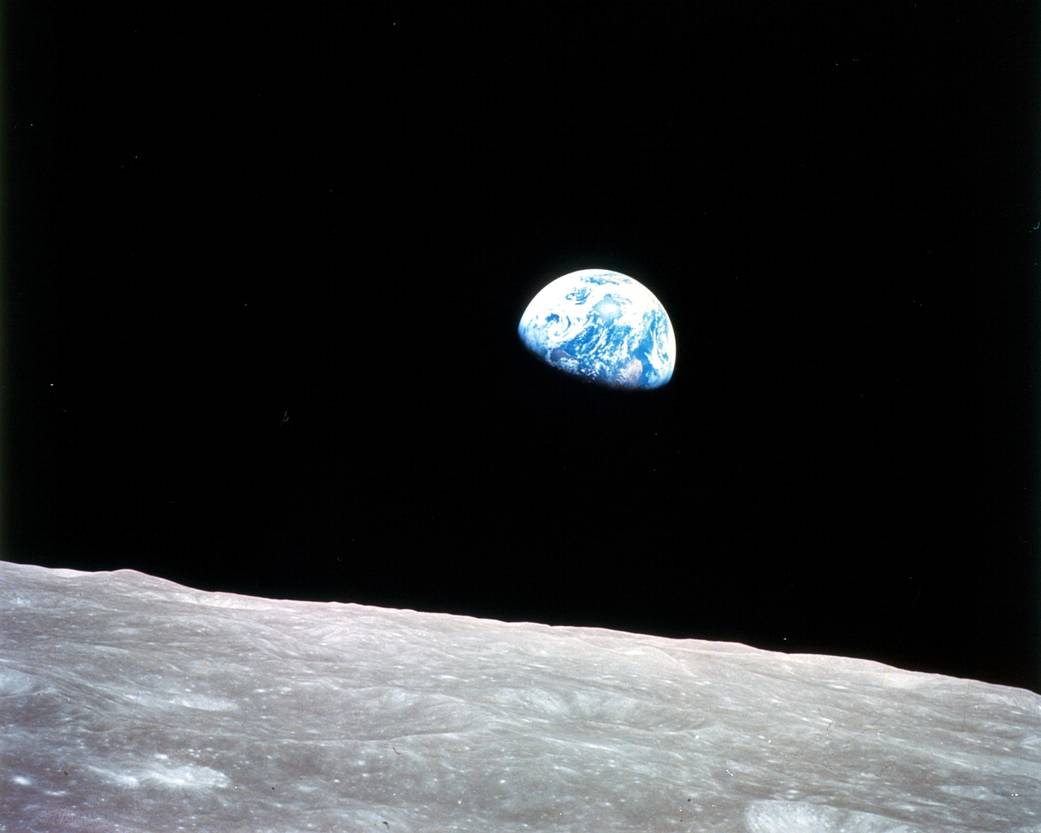
And you realize that on that small spot, that little blue and white thing, is everything that means anything to you.
All of history and music and poetry and art and war and death and birth and love, tears, joy, games – all of it on that little spot out there that you can cover with your thumb.
And you realize that that perspective has… that you’ve changed.
That there’s something new there, that relationship is no longer what it was.
Russell L. Schweickart — “No Frames, No Boundaries” (Lindisfarne Conference, 1974)



